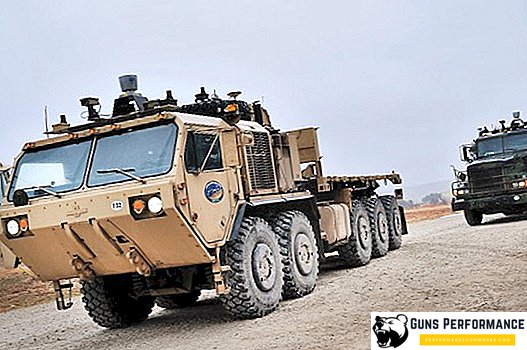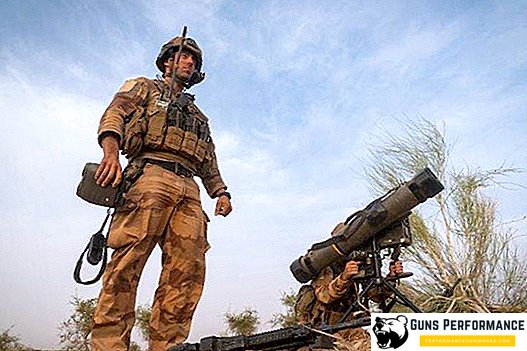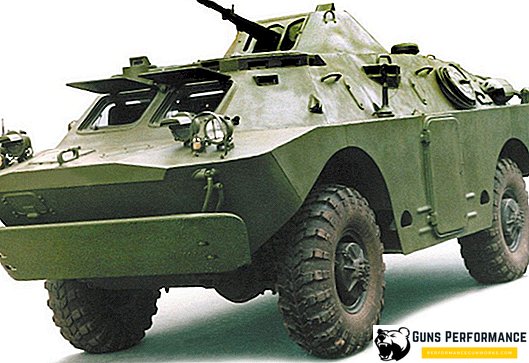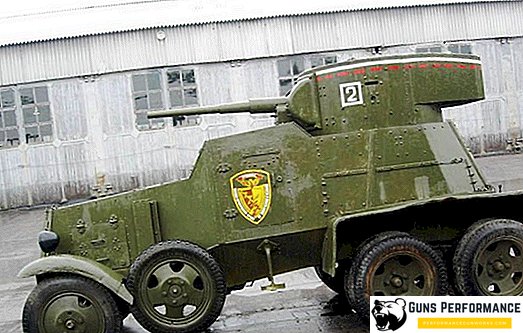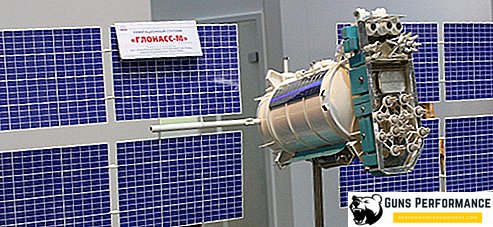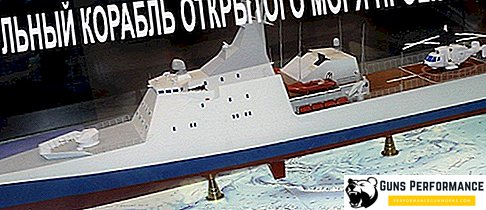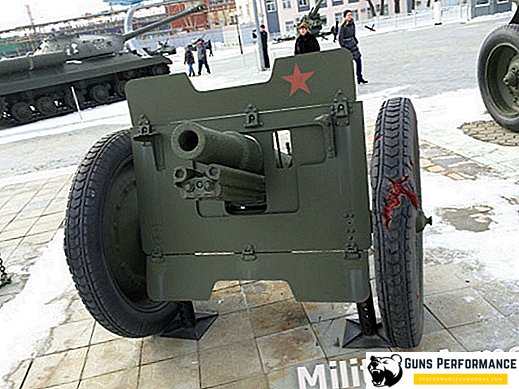
The Soviet 76 mm regimental cannon of 1927 became the first independently developed domestic artillery system. The gun, which received the GAU-52-P-353 index, was a light regimental means of artillery support for infantry and cavalry. The gun was produced for 15 years from 1928 to 1943. In total, about 18,000 copies were manufactured in Soviet factories. The main production base was the Leningrad Kirov Plant.
The history of the regimental 76 mm cannon sample in 1927
In 1924, the Soviet military leadership decided to design a new light regimental gun, which could become a mass means of fire support among the troops. The new gun was supposed to replace the outdated 76 mm cannon of the model of 1902, which was armed with parts of the Red Army. The task for the development of a new artillery system was given to a team of designers of the weapons and artillery trust under the leadership of S.P. Shukalov. The basis of the design was taken mountain short-barreled gun in 1913, which has a similar caliber.

After conducting successful tests at the site in 1927, a new gun was adopted and went into a series called the regimental 76 mm cannon in 1927.
TTH Soviet light regimental 76 mm cannon 1927
- Calculation - 4-7 people.
- Combat weight - 0.920 tons.
- Charging - unitary.
- The initial velocity of the armor-piercing projectile is 387 m / s.
- Rate of fire: 10-12 shots / min.
- The maximum firing range - 7100 m.
- Direct shot of an armor-piercing projectile - 470 m.
- Armor piercing armor-piercing projectile: at a distance of 500 m. - 25 mm., At a distance of 1000 m. - 23 mm.
- The main types of ammunition: armor-piercing, cumulative, high-explosive fragmentation projectiles, canister, shrapnel.
- The weight of an armor-piercing projectile is 6.3 kg.
- Transfer time from traveling to combat: 1-2 minutes.
- Mode of transportation: transported by horse trades, trucks, tractors such as "Komsomolets" and "Pioneer".
The 76 mm regimental gun of the 1927 type proved to be a long-lived, being in service with parts of the Red Army for 15 years. The gun was successfully used during the armed conflict on the river Khalkin-Gol, during the Soviet-Finnish war of 1939-40. At the initial stage of the Great Patriotic War, these guns made up half of the artillery fleet of Soviet military units.
A photo



